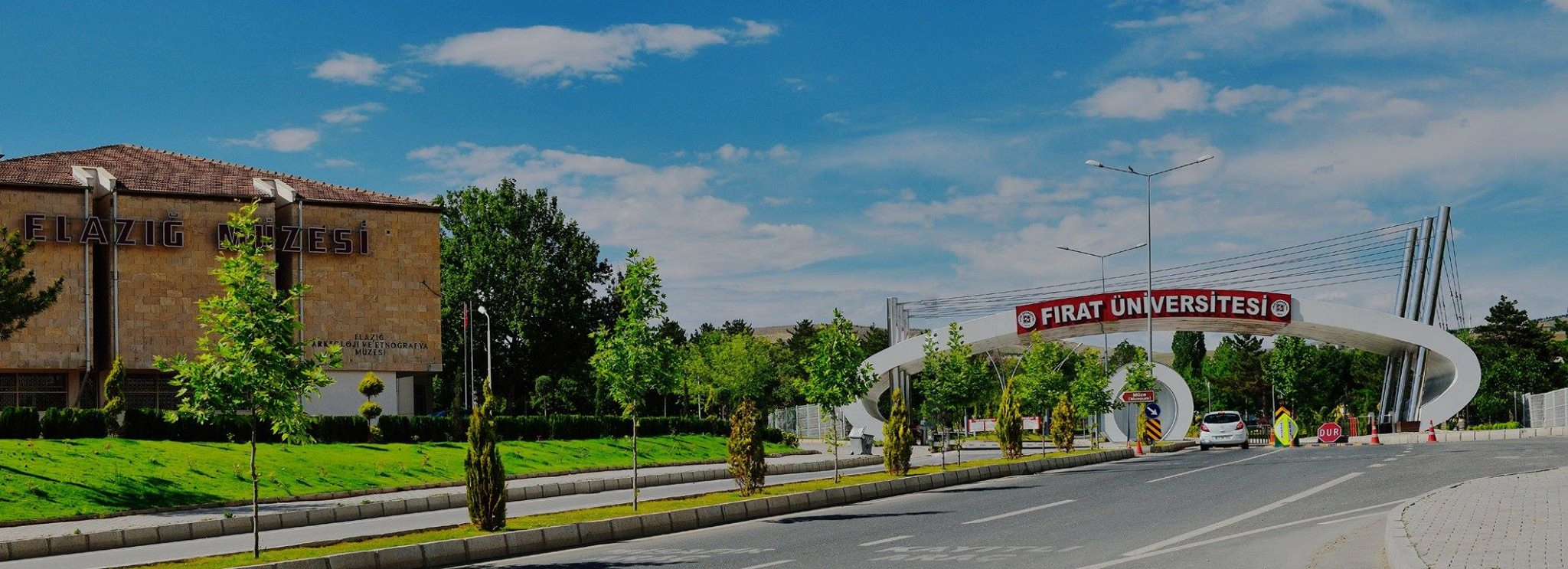
Internal Control
| Assoc. Prof. Dr. Filiz ELMALI | Team Leader |
| Assoc. Prof. Dr. Murat DEMİRKOL | Member |
| Lecturer Dr. Erhan ÖZMEN | Member |
| Lecturer Dr. Sevinç AY DOĞRU | Member |
What is Internal Control?
Internal control is a method used to enable administrators and personnel within an institution to maintain control over the work they perform. In accordance with the institution's objectives, established policies, and legal regulations, it is a system of controls created to ensure:
- Activities are carried out effectively, economically, and efficiently,
- Protection of assets and resources,
- Accurate and complete accounting records,
- Timely and reliable generation of financial and management information systems.
Additionally, it is a dynamic process that encompasses the institution’s organizational structure, operations, roles, authorities and responsibilities, and decision-making processes, involving the participation of all personnel and management.
What is the Purpose of Internal Control?
- To ensure effective, economic, and efficient management of public revenues, expenditures, assets, and liabilities,
- To ensure that public administrations operate in accordance with laws and other regulations,
- To prevent irregularities and corruption in all financial decisions and transactions,
- To provide regular, timely, and reliable reports and information for decision-making and monitoring,
- To prevent misuse and wastage of assets.
Legislation Related to Internal Control
- Law No. 5018 on Public Financial Management and Control (2003)
- Regulation on Procedures and Principles Regarding Internal Control and Preliminary Financial Control (2005)
- Public Internal Control Standards Communiqué (2007)
- Guide to the Action Plan for Compliance with Public Internal Control Standards (2009)
- General Communiqué on Compliance with Public Internal Control Standards (2013)
- Public Internal Control Guide (2014)
COSO Model in Internal Control
The most widely recognized and internationally accepted model of the internal control system is the COSO Model.
(COSO: Committee of Sponsoring Organizations, 1992, Internal Control - Integrated Framework Report)
According to the COSO Model, the internal control system consists of five interrelated components:
Control environment
Risk assessment
Control activities
Information and communication
Monitoring
COSO Pyramid
- A robust internal control system is built upon a sound control environment.
- Based on the results of risk assessments, control activities are implemented to eliminate or minimize obstacles to achieving institutional objectives.
- All components are supported through communication and information channels, and necessary information is provided to administrators and personnel.
- The system is developed through monitoring by management.
Quick Access